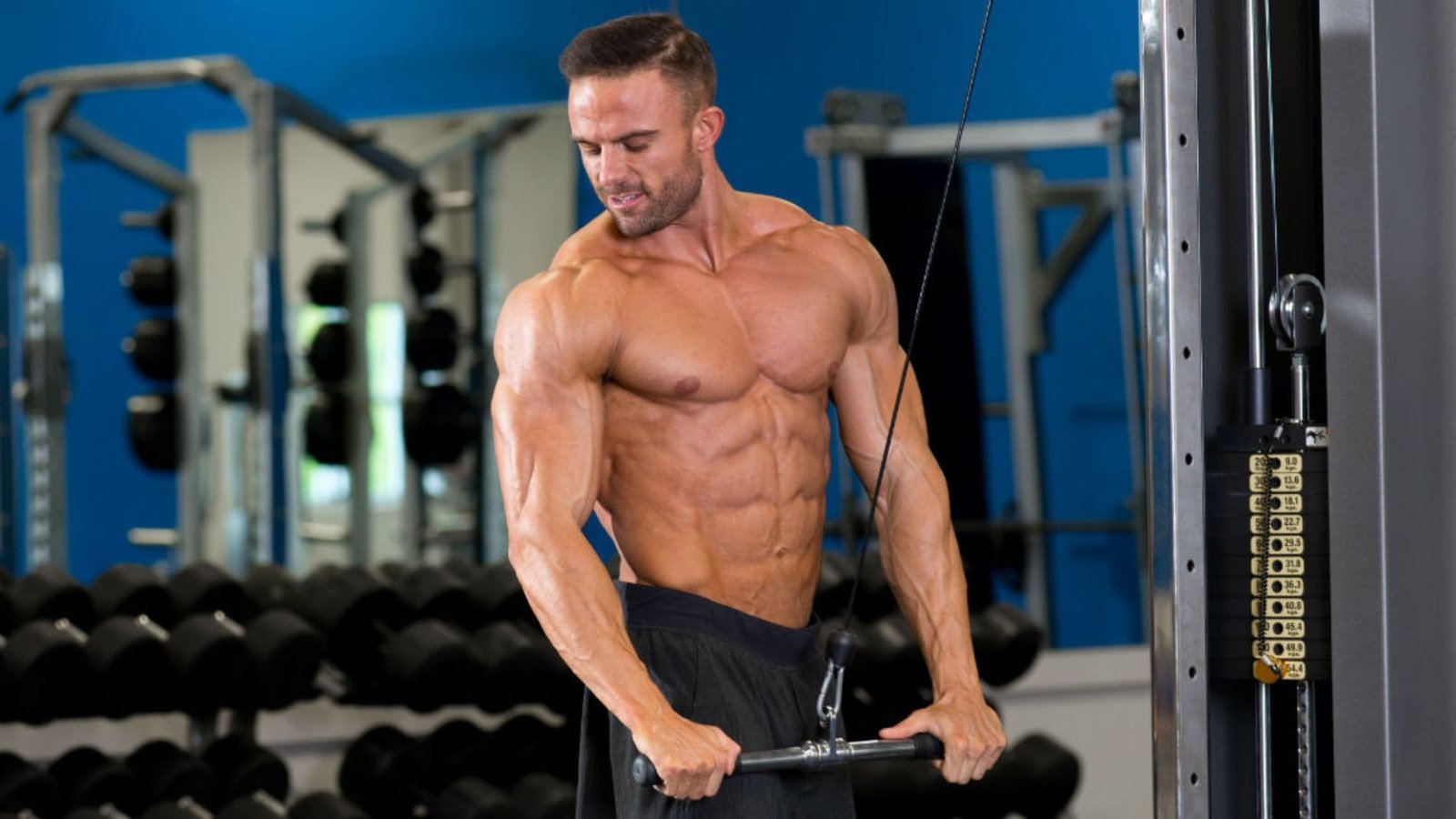Functional fitness focuses on exercises that enhance your ability to perform everyday activities efficiently and safely. Unlike traditional workouts that may isolate muscle groups, functional fitness emphasizes movements that mimic real-life tasks. This approach can improve overall strength, balance, and flexibility. Here’s a guide to understanding functional fitness, its benefits, and best practices.

What is Functional Fitness?
Functional fitness involves exercises designed to improve your body’s ability to perform daily activities. These exercises typically engage multiple muscle groups and emphasize movements such as lifting, bending, and twisting. The goal is to enhance your overall functional strength, balance, and coordination, making daily tasks easier and reducing the risk of injury.
Benefits of Functional Fitness
Enhances Daily Life
Functional fitness exercises improve your ability to perform everyday tasks, such as lifting groceries, climbing stairs, or gardening. By strengthening muscles used in common activities, you can perform these tasks more easily and efficiently.
Improves Balance and Stability
Functional fitness training often includes balance and stability exercises. These exercises help improve your body’s control and coordination, reducing the risk of falls and injuries. Better balance and stability enhance overall mobility and physical confidence.
Builds Overall Strength
Functional fitness exercises engage multiple muscle groups simultaneously, promoting balanced strength development. Unlike isolated muscle workouts, functional training improves overall muscle coordination and strength, leading to a more balanced physique.
Increases Flexibility and Range of Motion
Many functional fitness exercises involve dynamic movements that enhance flexibility and range of motion. Improved flexibility and range of motion contribute to better movement efficiency and reduced risk of injury during physical activities.
Promotes Injury Prevention
By focusing on movements that mimic daily tasks, functional fitness helps strengthen muscles and joints, reducing the risk of injuries. Functional training can improve posture, alignment, and body mechanics, contributing to overall injury prevention.
Best Practices for Functional Fitness
Focus on Core Strength
Core strength is crucial for functional fitness, as it supports almost all body movements. Incorporate exercises that target the core, such as planks, Russian twists, and stability ball exercises. A strong core improves balance, stability, and overall functional performance.
Include Compound Movements
Emphasize compound movements that work multiple muscle groups simultaneously. Exercises like squats, deadlifts, lunges, and kettlebell swings mimic real-life movements and build overall strength. Compound movements enhance functional strength and improve overall fitness.
Incorporate Balance and Stability Exercises
Incorporate exercises that challenge your balance and stability. Activities such as single-leg stands, balance board exercises, and stability ball workouts improve coordination and reduce the risk of falls. Balance and stability training enhance functional movement and overall mobility.
Use Functional Equipment
Utilize equipment that promotes functional training, such as resistance bands, stability balls, and kettlebells. These tools can enhance the effectiveness of your workouts by adding variety and challenging your muscles in different ways.
Perform Dynamic Movements
Incorporate dynamic movements that mimic real-life activities. Exercises like burpees, box jumps, and agility drills improve overall movement efficiency and functional strength. Dynamic movements increase cardiovascular fitness and enhance overall physical performance.
Prioritize Proper Form
Ensure proper form during functional fitness exercises to maximize effectiveness and reduce the risk of injury. Focus on maintaining correct posture and alignment throughout each movement. Consider working with a trainer to learn proper techniques and avoid common mistakes.
Gradually Increase Intensity
Progress gradually by increasing the intensity of your workouts over time. Start with lighter weights or lower resistance and gradually add more as your strength and endurance improve. Gradual progression helps prevent injury and ensures steady improvement.
Incorporate Functional Warm-ups and Cool-downs
Include functional warm-ups and cool-downs in your routine to prepare your body for exercise and aid recovery. Dynamic warm-ups, such as leg swings and arm circles, prepare your muscles for activity. Cool-downs, including stretching and foam rolling, help reduce muscle soreness and improve flexibility.
Conclusion
Functional fitness enhances your ability to perform daily activities by improving strength, balance, and flexibility. The benefits include increased overall strength, better balance, and injury prevention. By focusing on core strength, compound movements, balance exercises, and dynamic activities, you can optimize your functional fitness routine. Prioritize proper form, gradual progression, and functional warm-ups and cool-downs for the best results. Embrace functional fitness to improve your overall quality of life and physical performance.











